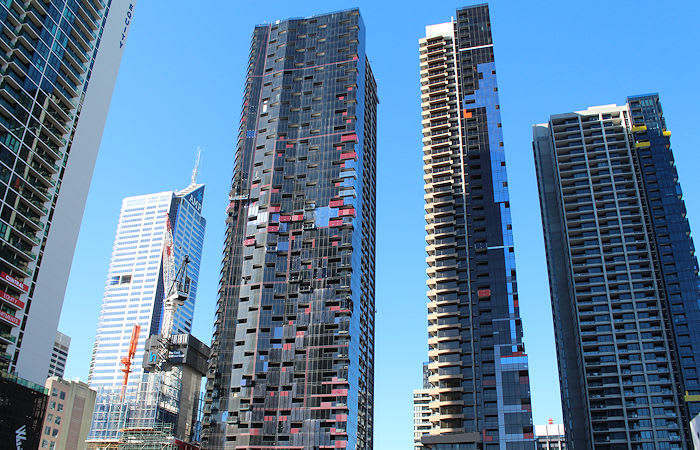Better Apartments - a step forward?
Victoria’s draft new apartment design standards are out for consultation.
The first thing to say is that they have adopted a ResCode-style format—the intention is that they will form part of the Particular Provisions, and have objectives that must be met and discretionary standards. In other words, if you meet the standard, you pass. But if you want to put forward an alternative design response, you can.
This continues Victoria’s preference for performance-based planning provisions, which provide not only the certainty of ‘deemed-to-satisfy’ provisions, but also the flexibility of allowing innovative or contextual responses where appropriate. The objectives haven’t been expressly spelt out in the draft, although we can assume it will be a rewording of the purposes at the beginning of each standard.
The difficulty here is that there are no clear performance targets for alternative designs to be assessed against. If you put forward a non-compliant configuration of windows and room dimensions, what level of daylight needs to be achieved to be acceptable? Hopefully the Decision Guidelines, yet to be published, will provide clear guidance.
New guidelines will be prepared to replace the Guidelines for Higher Density Residential Development.
The second key point is that the standards do not impose minimum apartment sizes. This is consistent with the utterances of Minister Wynne, who has understood that good design is more important than size. Minimum sizes could have had the biggest single impact on the cost of construction, with a potentially severe impact on affordability. So the focus on design rather than size continues to allow cleverly-designed smaller apartments to offer an affordable first step on the home-owning ladder.
And the third critical takeaway is that there will be a period of at least three months between the finalising of the standards and their introduction into the planning schemes, and transitional provisions will apply for applications lodged prior to the introduction of the new standards.
The big focus of the new standards is on daylight, which features in the purpose of a third of all 15 standards, including the first four and that relating to entries and circulation. This responds to the particular focus of apartment amenity concerns on daylight to bedrooms.
The standards include minimum requirements for side and rear setbacks to habitable room windows and balconies, light well sizes, habitable room depth as a proportion of ceiling height, balcony sizes, storage, acoustic protection, the area of and solar access to communal open space, the number of apartments with cross ventilation and deep soil areas.
The side and rear setbacks are particularly significant—6m up to a height of 13.5m, 9m up to a height of 25m and 12m above that. The minimum light well sizes will have a hefty impact too—9sqm up to a height of 13.5m, 29sqm up to a height of 25m and 51sqm up to a height of 36m, with no light wells allowed for the primary orientation of apartments or for taller buildings. This is well above what has been typically accepted in recent years. It will force apartment developments to orientate more dwellings towards the street and the rear of the site, which should lessen their impact on the future development of neighbouring properties, but will make efficient development of deep, narrow properties challenging.
The apparent banning of snorkel bedrooms (presumably the definition of them as rooms with access to daylight from an adjacent room will be corrected to match the conventional understanding) and maximum room depth will result in wider, shallower apartments. This will reduce the depth of buildings, resulting in fewer apartments on each site and a significant increase in apartment prices—at least until there is a commensurate reduction in land values.
A combination of the requirement for 60% of apartments below 12 storeys to be cross-ventilated and at least one source of natural daylight and ventilation in corridors will encourage apartment ventilation via common areas.
The standards require larger balconies and more storage the larger the apartment, which seems logical. However, the minimum solar access to communal open spaces (2 hours at the winter solstice to 50% of the space) will force them to windy rooftop locations. Is this better than sheltered podium-top spaces with less sunlight?
Submissions on the draft standards are due by 19th September.
This article originally appeared on LinkedIn and has been republished with permission by the author. Mark Sheppard is a Principal (Urban Design) and Director at David Lock Associates.
